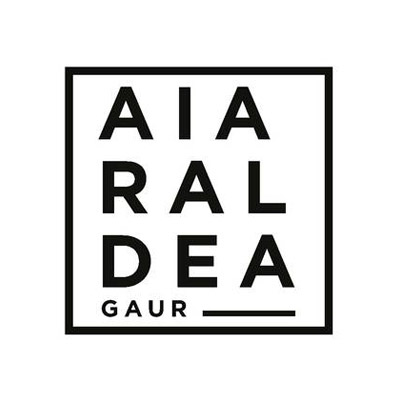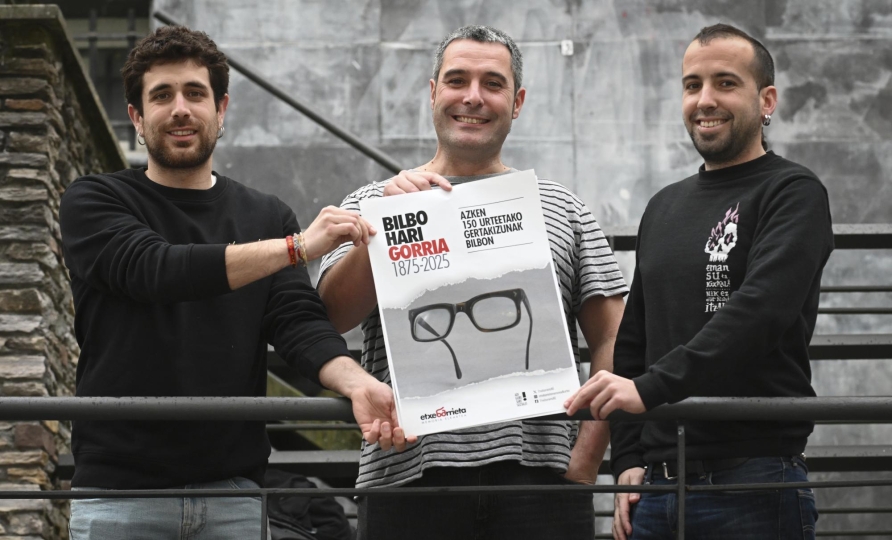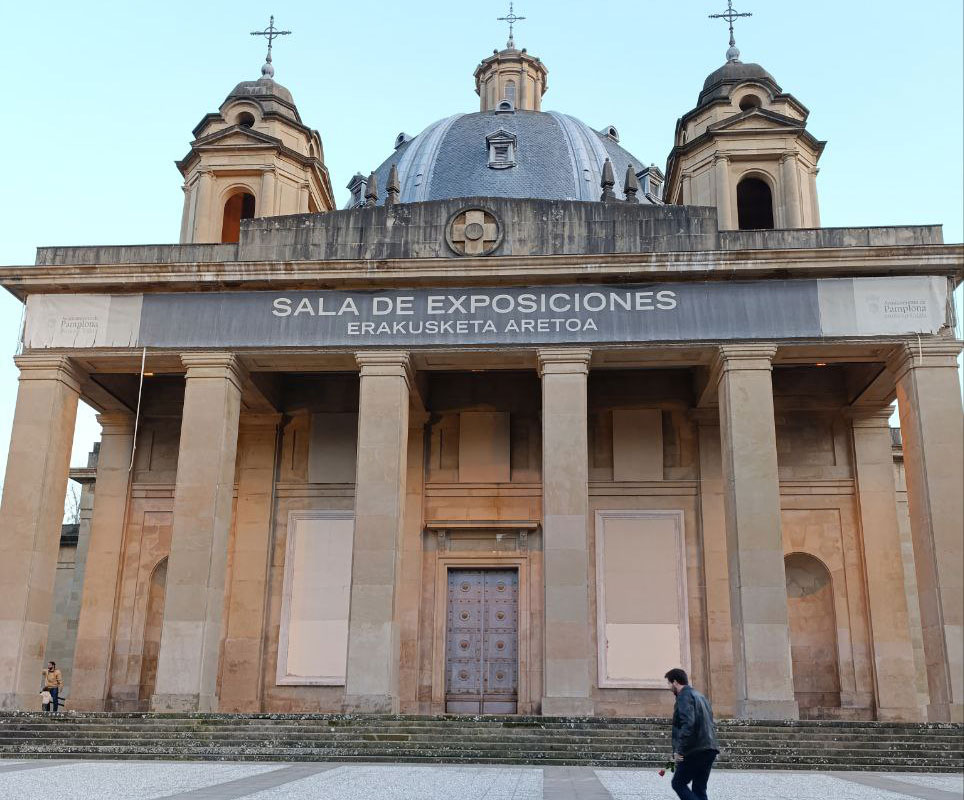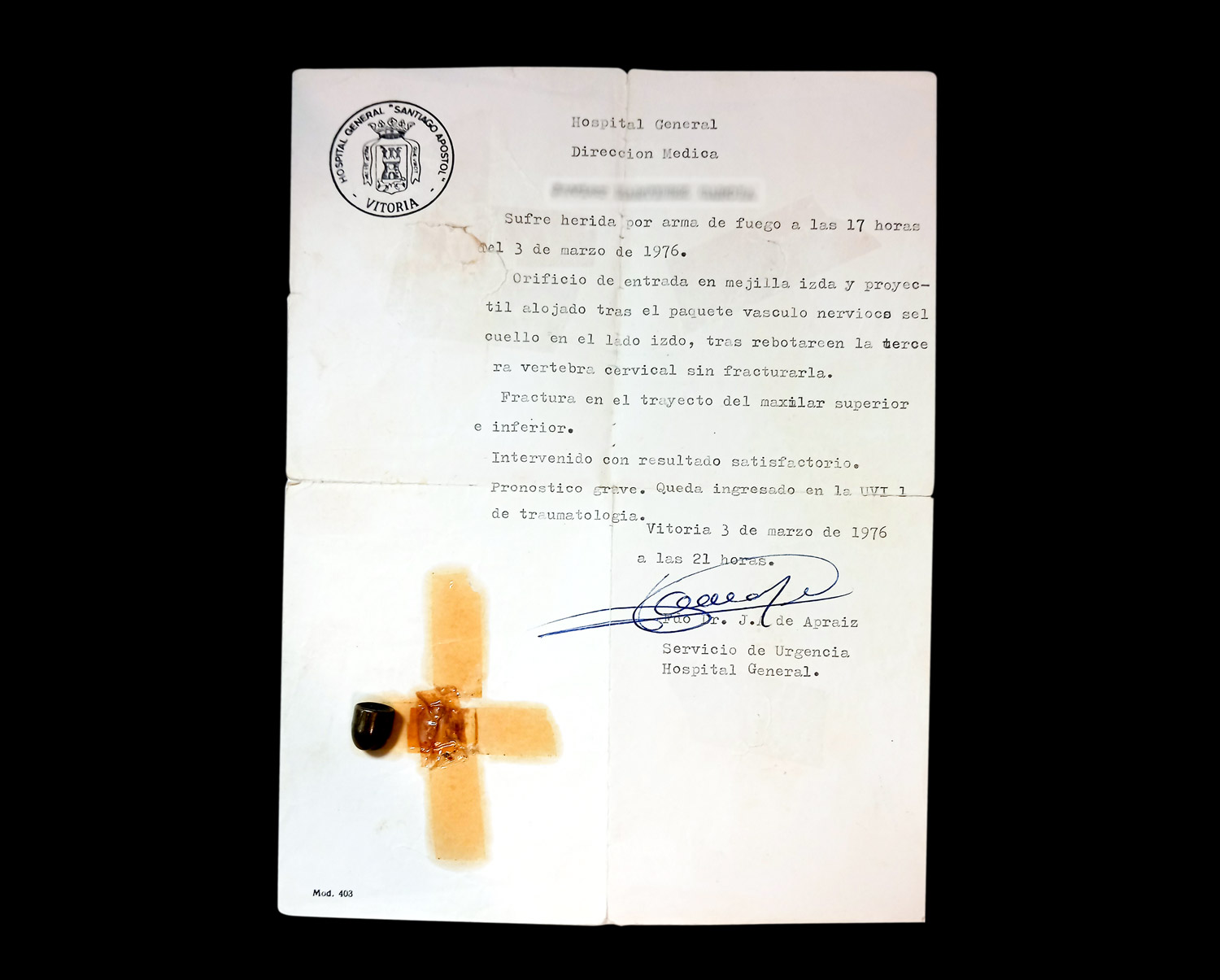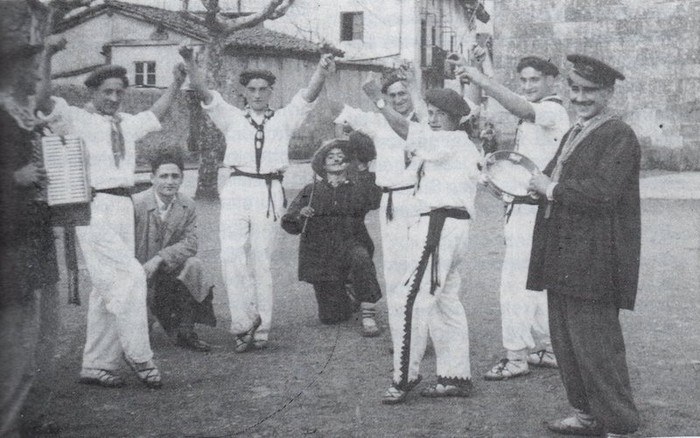The remains of Republican Modesto Manuel Azkona Garaicoechea were identified last week and on Friday they gave the news to their relatives. Azkona lived in Saratxo in 1936, as her wife was a village teacher. In the elections he presented himself as a representative of the Republican Union and became a Member of Álava.
As a result of these concerns, on 18 July 1936 he moved with his daughter to Vitoria to seek the police. He was kidnapped and imprisoned by the agents and shot in September by the Carlists at the age of 45. His body and the other more shot were buried in the Castilian village of Bayas.
What happened in 2016
Thanks to the research and dissemination work carried out by Jesús Pablo Domínguez Varona and Aiyoa Arroita Lafuente, the relatives of Azkona knew what happened to Manuel. In fact, in 1936 he was removed without explanation from the Francoists, when he was allegedly transferred to the prison of the Fort of San Cristobal.
After this discovery, in the cemetery of Bayas they were exhumed in 2019, with the collaboration of the Gogoan Institute, the City Council of Miranda de Ebro, the Society of Historical Memory and the Institute of Aranzadi Sciences.
However, DNA tests did not yield results until last week, after having asked for more relatives from Gogorak a few months ago.
The magazine Aiaraldea Komunikabideak publishes this week the repression suffered by Modesto Manuel Azkona Garaicoechea and his family, after interviewing his niece in the magazine Aiaraldea Hemen.
The remains of Republican Modesto Manuel Azkona Garaicoechea were identified last week and on Friday they gave the news to their relatives. Azkona lived in Saratxo in 1936, as her wife was a village teacher. In the elections he presented himself as a representative of the Republican Union and became a Member of Álava.
As a result of these concerns, on 18 July 1936 he moved with his daughter to Vitoria to seek the police. He was kidnapped and imprisoned by the agents and shot in September by the Carlists at the age of 45. His body and the other more shot were buried in the Castilian village of Bayas.
What happened in 2016
Thanks to the research and dissemination work carried out by Jesús Pablo Domínguez Varona and Aiyoa Arroita Lafuente, the relatives of Azkona knew what happened to Manuel. In fact, in 1936 he was removed without explanation from the Francoists, when he was allegedly transferred to the prison of the Fort of San Cristobal.
After this discovery, in the cemetery of Bayas they were exhumed in 2019, with the collaboration of the Gogoan Institute, the City Council of Miranda de Ebro, the Society of Historical Memory and the Institute of Aranzadi Sciences.
However, DNA tests did not yield results until last week, after having asked for more relatives from Gogorak a few months ago.
The magazine Aiaraldea Komunikabideak publishes this week the repression suffered by Modesto Manuel Azkona Garaicoechea and his family, after interviewing his niece in the magazine Aiaraldea Hemen.





